-
Scarface Claw by Lynley Dodd Picture Book Analysis
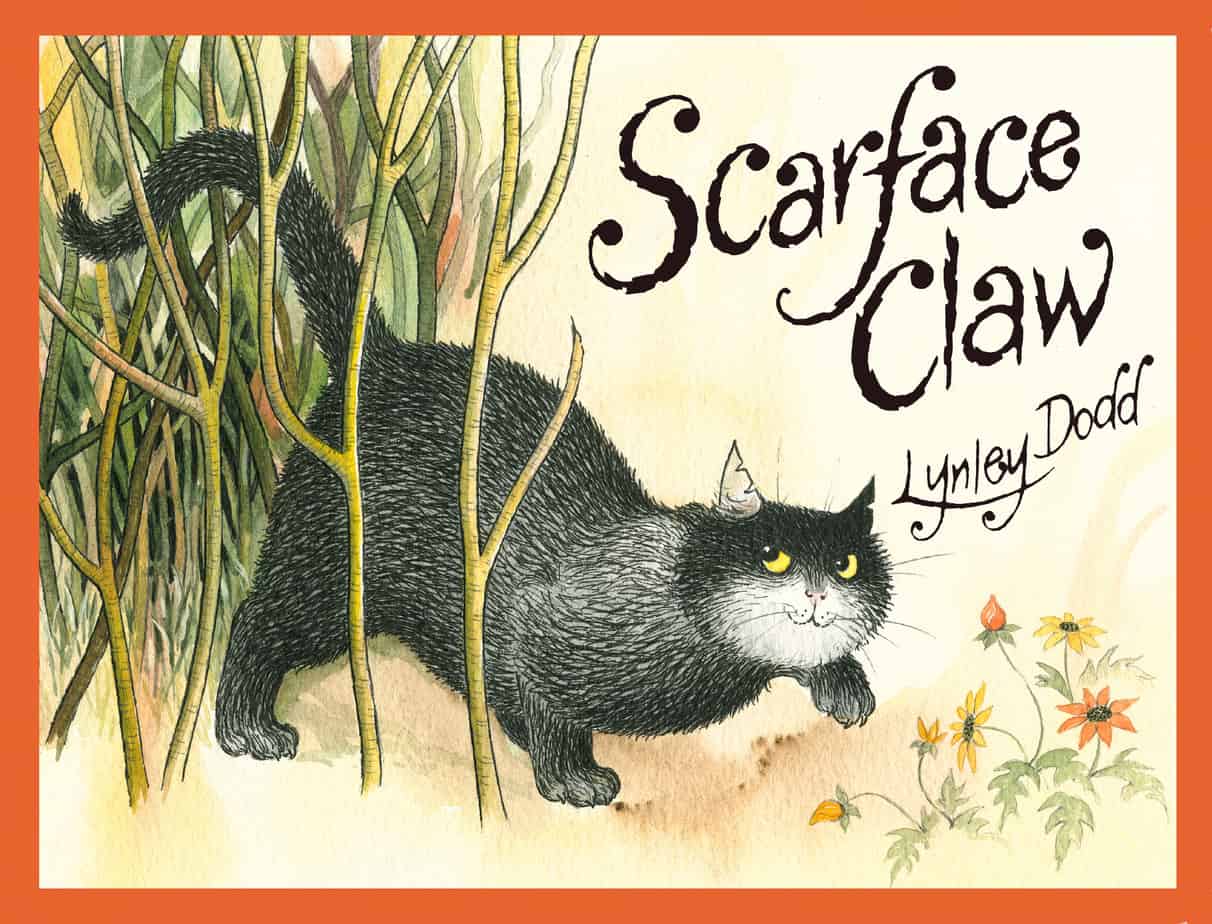
Scarface Claw is a wonderful animal villain. Honestly, for a close-reading I could have picked any of Lynley Dodd’s Slinky Malinki series (or from the even-better-known Hairy Maclary series set in the same world). I find it impossible to pick a favourite. But if I have a favourite character, it is probably a tie between Slinky […]
-
The Swimmer by John Cheever Analysis
“The Swimmer”(1964) is considered one of Cheever’s best short stories. Anne Enright feels that this would never have worked as the novel Cheever had originally planned and adds that it would work even better as a short story had he lost one or two pools. (The naturist communists are amusing but we don’t want any […]
-
Dogger by Shirley Hughes Picture Book Analysis
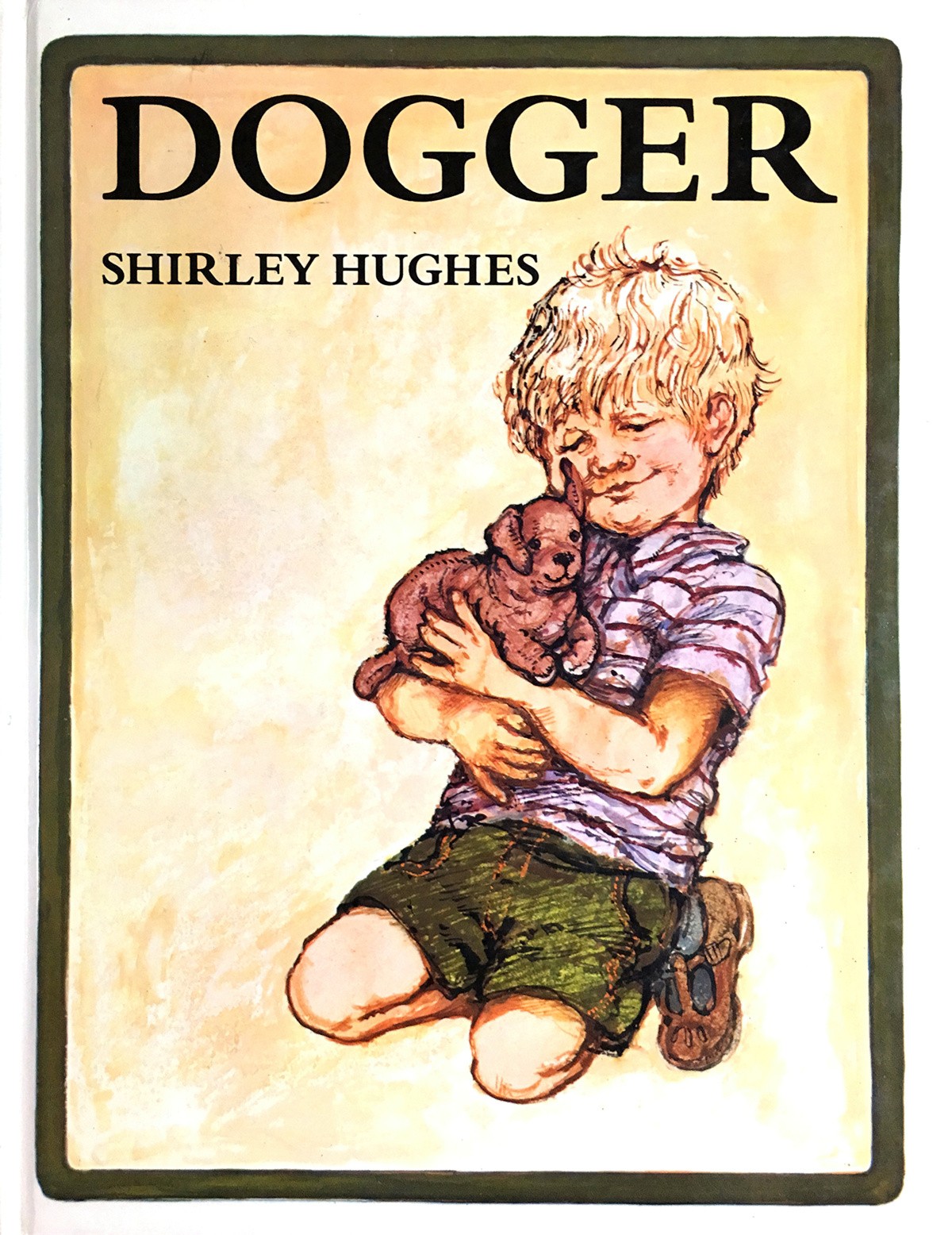
child had been cancelled from a local library and was covered in yellowing sellotape. I still have that copy.
-
Wolves by Emily Gravett Picture Book Analysis
A very cute rabbit checks out a book from the library. The book is called Wolves. As rabbit reads the book, the wolf ’emerges from’ the book (or maybe it doesn’t), coming closer and closer to the rabbit as the rabbit gets scareder and scareder. Finally, we see an extreme close up of a scary wolf […]
-
Madeline’s Birthday by Mavis Gallant Analysis
Mavis Gallant died last year, but if she were still around she might not think much of my attempt to dissect her stories in order to learn from them: Gallant is dismissive of analysing or explaining her work, and distrustful of academic attempts to do so. The Guardian, 2009 The same Guardian article says of her […]
-
How Appearances Deceive
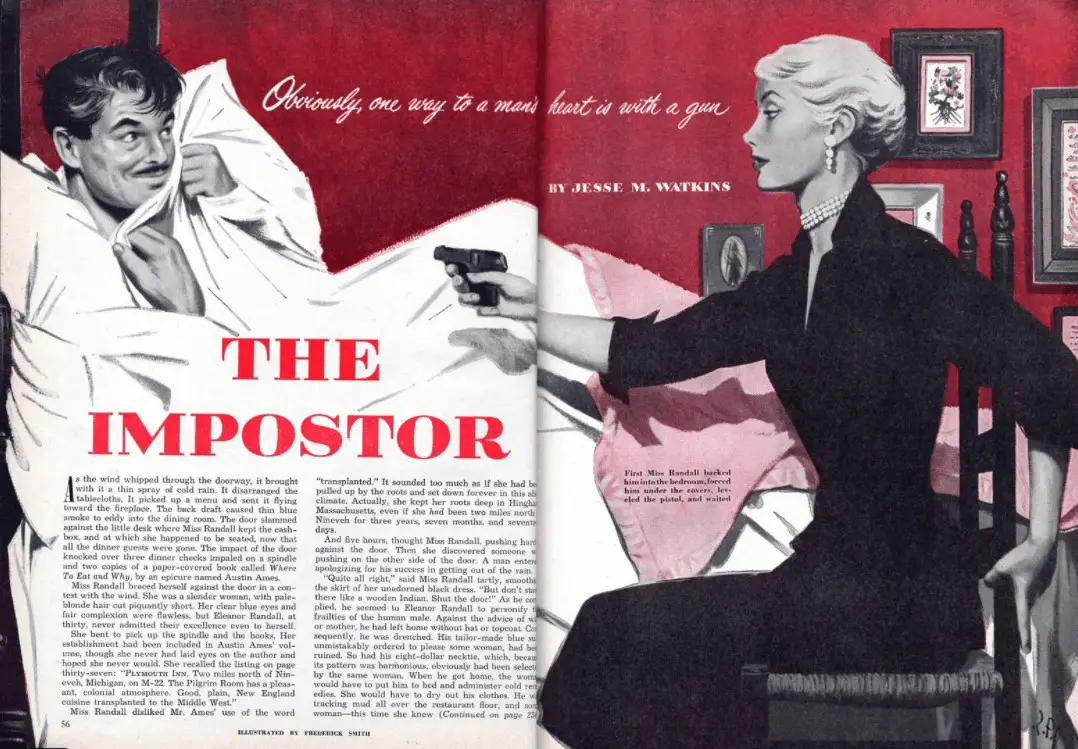
Hilda Bewildered Pre-reading Questions Post-reading Discussion In Hilda Bewildered, list the ways in which outside appearances do not match what’s inside or underneath. Highlight below for some answers: The taxi that Hilda gets into looks like a Citroen from the 1960s, but once inside, the dashboard indicates that this is an ordinary modern vehicle. The Princess […]
-
Buildings As Characters In Fiction
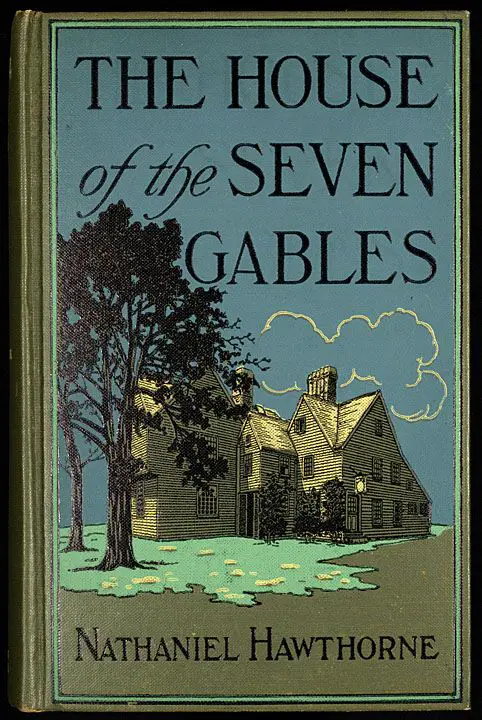
Sometimes in literature you’ll hear a setting interpreted in the same way as a character. What does this mean? When should you do this? See: How can setting be a character? This article focuses specifically on buildings as character. Most stories: Setting affects character. In some stories: Setting interacts with the characters. IS HOUSE AS CHARACTER A […]
-
Why so many orphans in children’s literature?
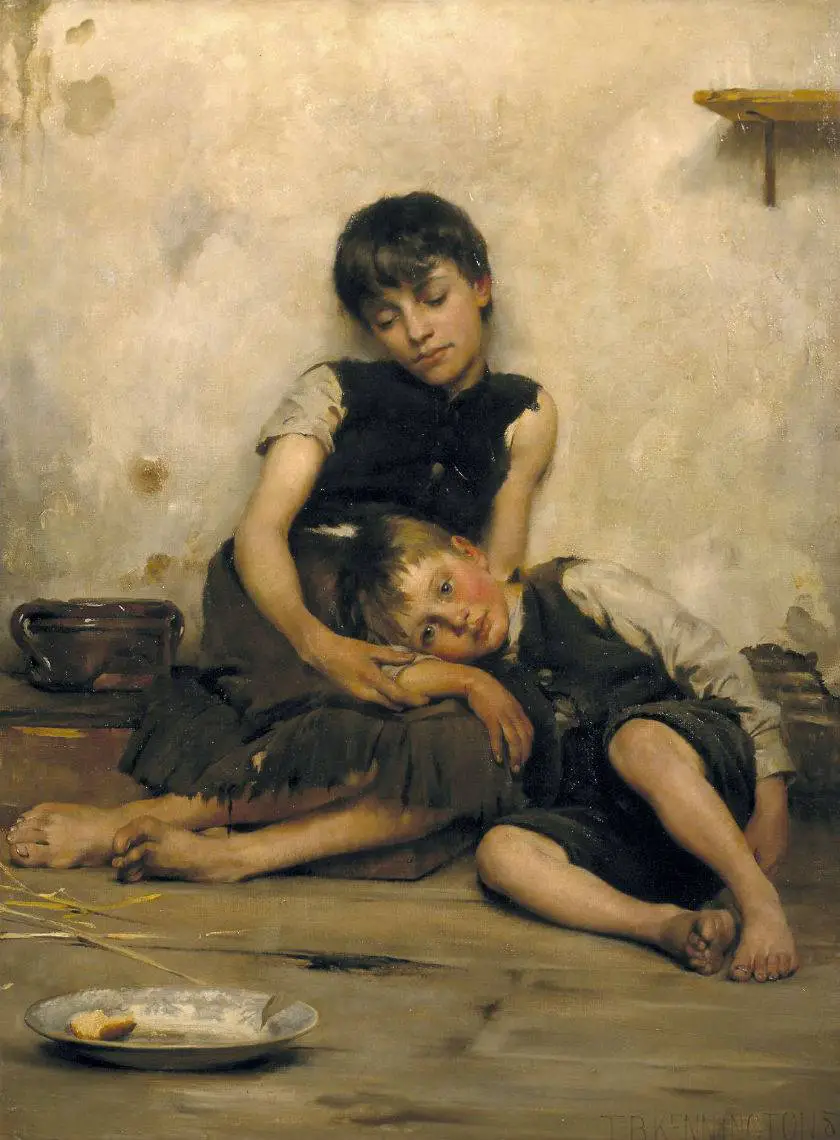
Orphans in modern literature evolved from orphans of folk and fairytales. There are many orphans in American and British children’s literature, but also in literature from around the world. Some communities have always been set up with strong social networks. Even if parents die, there are no true orphans because the extended family will care for them. […]
-
What is irony in literature?
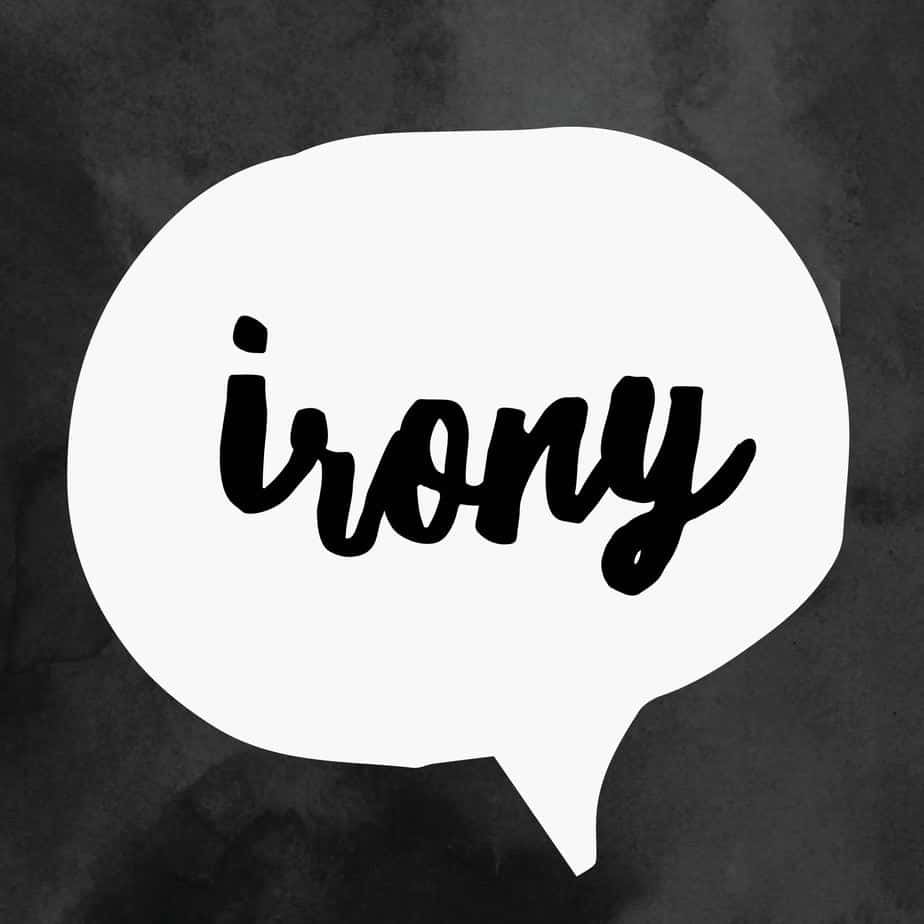
“Given a long enough time, of course, a wide enough frame, there is nothing said or done, ever, that isn’t ironic in the end.” Madame Morrible, Wicked, Gregory Maguire These notes draw heavily from a Narrative Breakdown podcast called The Power Of Irony. See also: All Good Stories Are Ironic from Cockeyed Caravan blog. Irony [is] […]
-
The Importance of Picture book Endpapers and Other Peritext
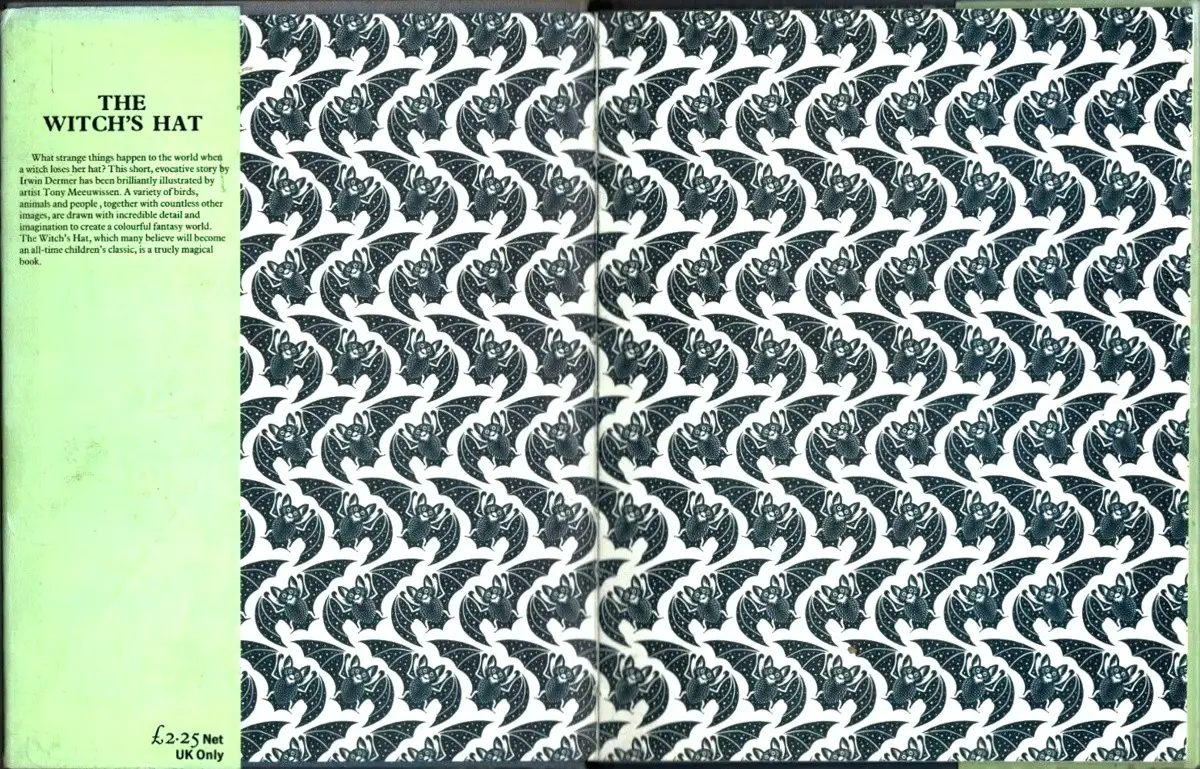
Peritext is especially important in picture books, and refers to the physical features and design elements that surround the story. When readers take note of this information, their experience of the story will be enhanced, or possibly change. Peritext includes information on: Part of me thinks that a reader’s preference for a physical book isn’t […]
-
A Storybook [X]
“Storybook” as adjective is applied to various places and objects. English has recently borrowed the Scandinavian concept of “hygge” to mean something similar. We might also use the word holotypic (from the noun holotype) when talking about something which stands in for ‘the accepted, archetypal version’ of an object or idea. It actually comes from […]
-
Revolting Rhymes
I have clear memories of this book. First, I remember my father buying it for me in Paper Plus. I was in attendance. He thought I wouldn’t notice, then snuck it into my santa sack. Second, it was very unusual for my father to buy any books at all. Third, this was a whole-family read […]
-
What does glamour mean?
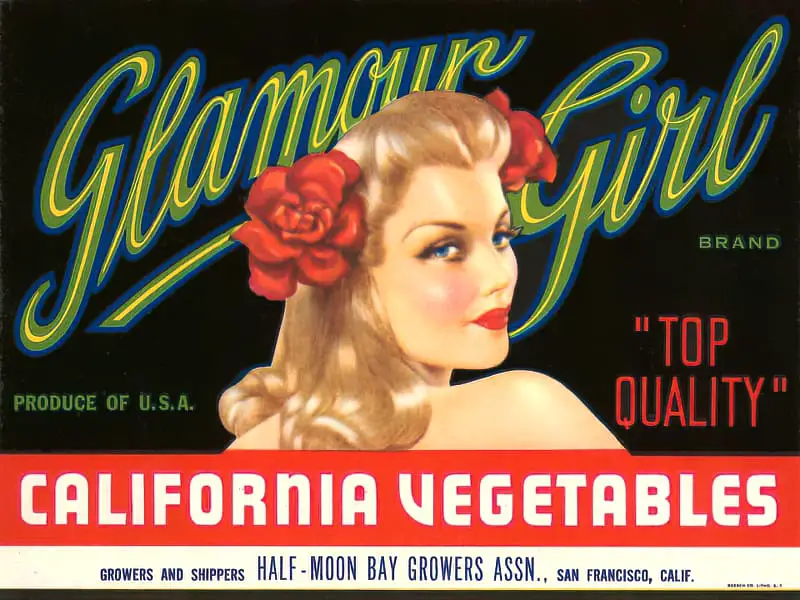
The following are notes from a podcast from Zocalo Public Square: Why Do We Need Glamour? The speaker is Virginia Postrel, who has also delivered a TED Talk. Her book is called The Power Of Glamour. What is glamour? The word ‘glamour’ gets sprinkled around on magazine covers: shiny furniture, jewel tones, satin dresses. This conveys […]
-
Tobacco Use In Art And Picturebooks
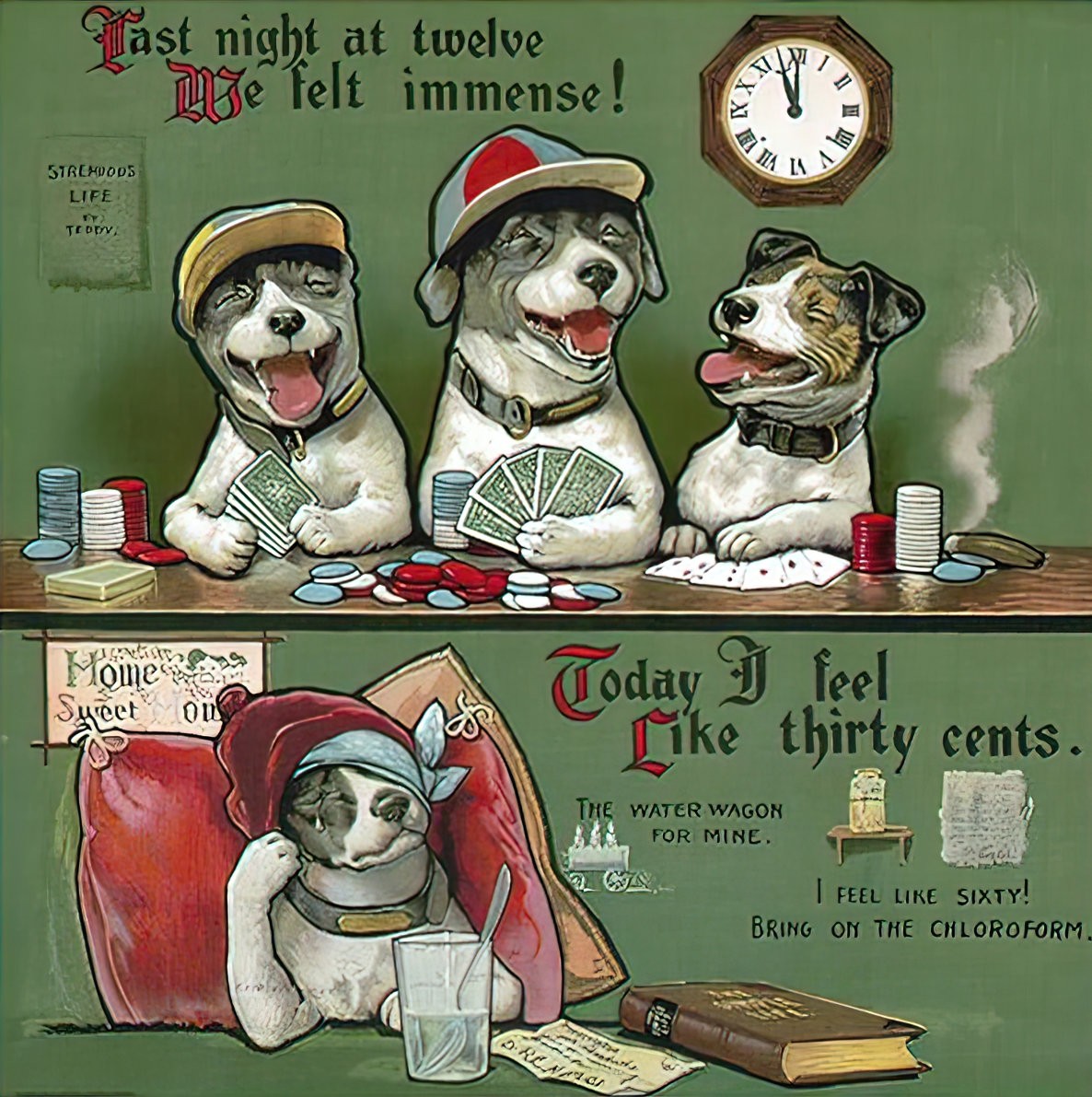
Writing for a young audience has always been fraught, because children are thought to be more highly impressionable than adults. Tobacco, junk food, bad behaviour that goes without punishment… any and all of these things in children’s literature can be enough to stop the story finding a wide audience. How to open a Korean fairy […]
-
Illustrating The Dark
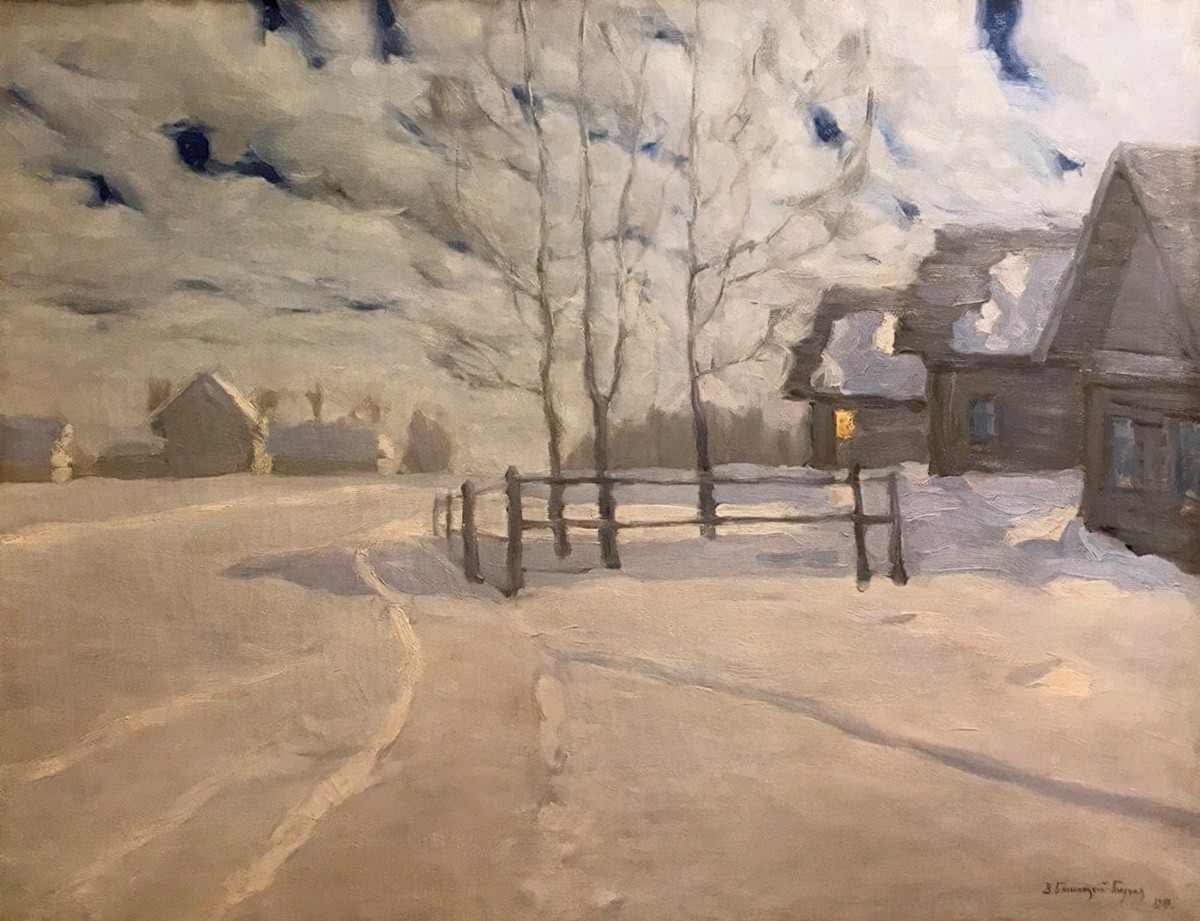
I’m interested in all the different ways artists show a viewer darkness, when in reality, night is the absence of light.